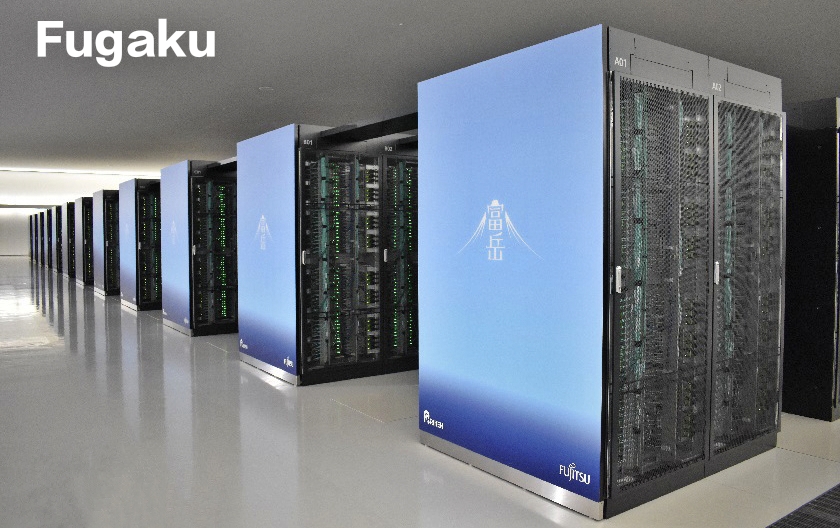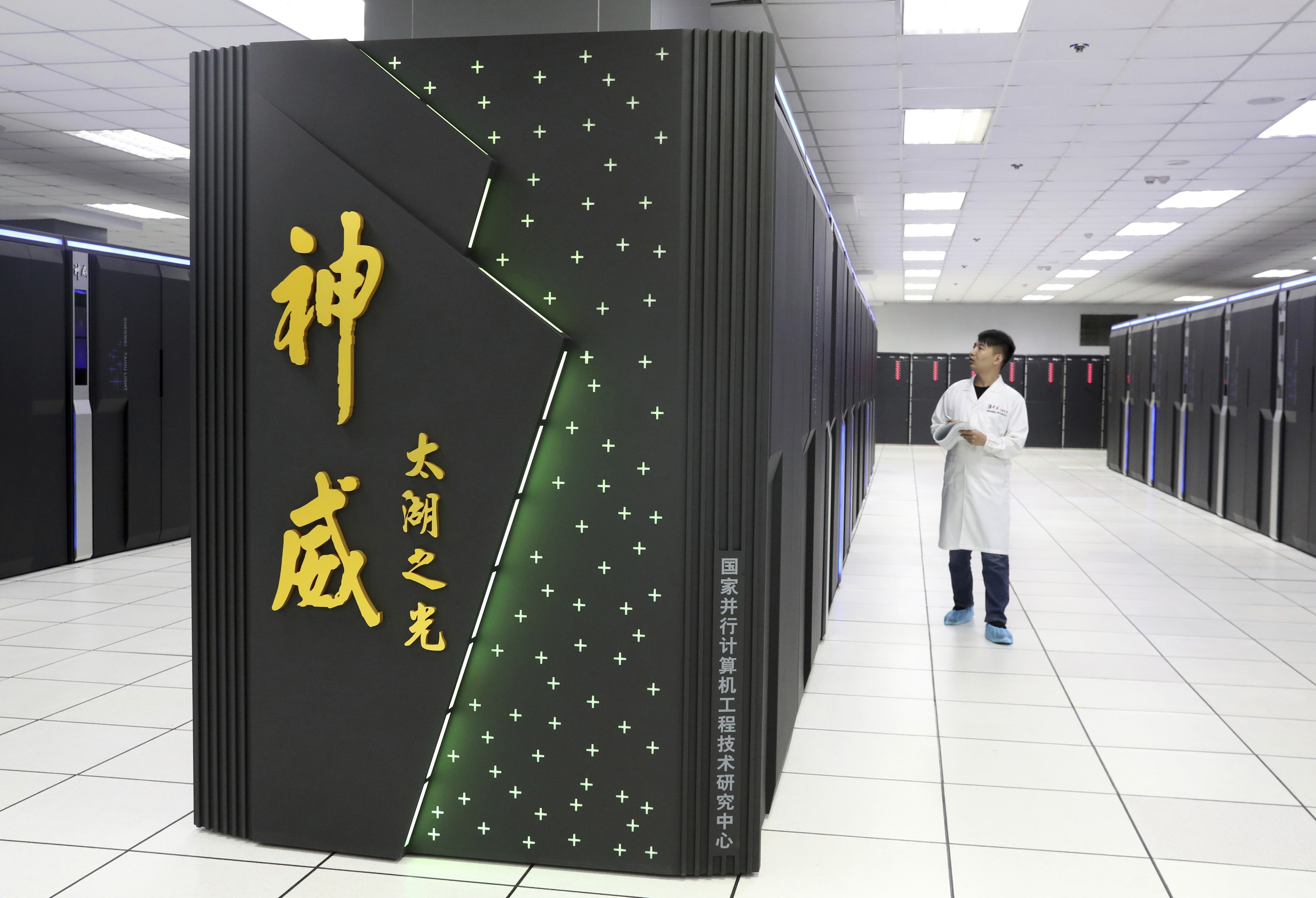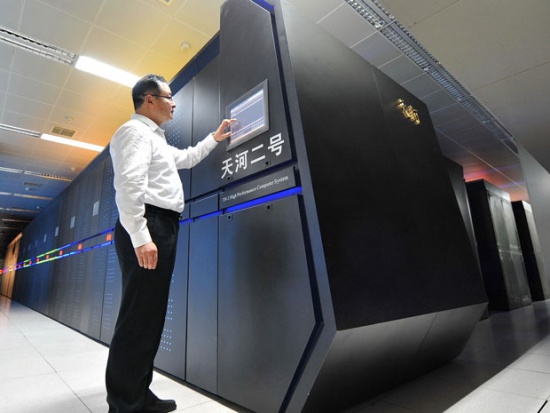In the world of technology, supercomputers are at the pinnacle of computational power, enabling breakthroughs in various scientific and research fields. These powerful machines are designed to handle complex calculations and data processing tasks that are beyond the capabilities of conventional computers. In this article, we will explore the top 10 supercomputers in the world, along with their costs, providing a glimpse into the fascinating world of high-performance computing.
1. Fugaku
(Riken and Fujitsu, Japan)
Fugaku,
developed by Riken and Fujitsu, is currently the most powerful supercomputer in
the world. Located in Kobe, Japan, it's a marvel of computational engineering.
Fugaku has a peak performance of 442 petaflops (quadrillions of floating-point
operations per second) and boasts impressive energy efficiency. The cost of
Fugaku is estimated to be around $1 billion.
2. Summit
(IBM, USA)
Summit,
residing at Oak Ridge National Laboratory in the United States, is a close
second in terms of computational power. Built by IBM, this supercomputer has a
peak performance of 200 petaflops. It was a part of the U.S. Department of
Energy's "Coral" project and cost approximately $200 million.
3. Sierra
(IBM, USA)
Sierra is
another supercomputer developed by IBM and is housed at the Lawrence Livermore
National Laboratory in the United States. It is part of the National Nuclear
Security Administration's Advanced Simulation and Computing Program. Sierra's
peak performance is around 125 petaflops, and its cost is estimated to be in
the range of $170 million.
4. Sunway
TaihuLight (NRCPC, China)
The Sunway
TaihuLight, located in the National Supercomputing Center in Wuxi, China, is
one of the most powerful supercomputers in the world. It is known for its
impressive performance, with a peak speed of approximately 93 petaflops. The
cost of building this machine is estimated to be around $273 million.
Subscribe our WhatsApp channel Click to join
5.
Tianhe-2A (NUDT, China)
Also known as
MilkyWay-2A, Tianhe-2A is located at the National University of Defense
Technology (NUDT) in China. It was once the world's most powerful supercomputer
and still ranks among the top contenders. The peak performance of Tianhe-2A is
about 61 petaflops, and its estimated cost is around $390 million.
6. Selene
(NVIDIA, USA)
Selene is a
supercomputer constructed by NVIDIA in the United States. Located at the NVIDIA
corporate headquarters in Santa Clara, California, Selene is designed for AI
and high-performance computing research. It boasts a peak performance of
approximately 63 petaflops and is estimated to cost around $75 million.
7. AI
Bridging Cloud Infrastructure (ABCI) (ABCI Project, Japan)
The AI
Bridging Cloud Infrastructure (ABCI), situated at the National Institute of
Advanced Industrial Science and Technology in Japan, is a powerful
supercomputer tailored for artificial intelligence research and development. It
has a peak performance of about 32 petaflops, and its cost is estimated to be
around $174 million.
8. Piz
Daint (Cray, Switzerland)
Piz Daint,
housed at the Swiss National Supercomputing Centre (CSCS) in Switzerland, is
another formidable supercomputer. It offers a peak performance of approximately
25 petaflops and is used for a wide range of scientific and computational
tasks. The cost of Piz Daint is estimated to be around $40 million.
9. HPC4
(Hewlett Packard Enterprise, Italy)
The HPC4
supercomputer is located at Eni S.p.A.'s Green Data Center in Italy and is
dedicated to advancing energy and environmental research. With a peak
performance of about 19 petaflops, HPC4 is known for its energy-efficient
design. Its estimated cost is around $28 million.
10. Lassen
(IBM, USA)
Lassen is
another supercomputer located at Lawrence Livermore National Laboratory in the
United States. It is part of the NNSA's Advanced Simulation and Computing
Program, designed for nuclear research. Lassen has a peak performance of
approximately 18 petaflops and is estimated to cost around $45 million.
Supercomputers
play a pivotal role in solving some of the most complex problems and
simulations, ranging from climate modeling and drug discovery to nuclear
research and artificial intelligence. While the costs of building and
maintaining these machines are substantial, the benefits they bring to science,
technology, and society are immeasurable.
It's
important to note that the rankings and specifications of supercomputers can
change over time as new machines are developed and existing ones are upgraded.
These powerful computing tools continue to push the boundaries of what's
possible in the world of research and innovation, making them critical assets
in our ever-advancing technological landscape.
Most Read: How to Catch Fraud Calls from Hackers







